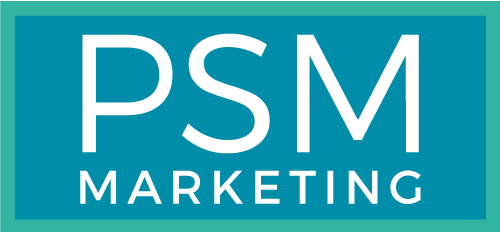A crucial but little-noticed article popped up briefly on my LinkedIn newsfeed recently. Were it not for the wind chill in Toronto that ranged from -20’C on a “mild” day to -30’ on others, I might have been out doing something more diverting and would have missed it entirely.
The article lists 18 marketing trends to watch in 2018. Many of them are applicable only for selling products to consumers but five should be incorporated by lawyers and other professionals.
1: Personalize marketing messages.
Just as savvy firms are scrapping practice groups in favor of industry clusters, smart lawyers and their marketing people are figuring out how to distribute personalized blog posts and e-blasts.
This doesn’t mean slapping “Dear Bill” at the top of a mass emailing to clients. Rather, it means creating what’s called “Account-Based Marketing,” which provides for content personalization. New software from Adobe called DemandBase and from Optimizely, make it possible for marketers to recommend specific pieces of content to clients and prospects similar to the way Netflix suggests movies.
But even without buying new software, small and midsized firms can personalize content recommendations. All it takes is creating an online form asking the contact list what topics are important to them and their business. When the form is sent out, make an explicit promise: “If you’ll take the time to complete this form, we promise to send you everything we publish on the topics of importance to you – and not send you anything else.”
When we’ve worked with professional service firms offering even a primitive level of personalization, typical response rates are in the 60%-to-70% range.
2: Privacy and data protection as a marketing tool.
Following on the heels of a number of high profile hacks in 2017, executives, managers, and owners will begin to favor firms that demonstrate proactively how they are protecting the privacy and security of the often-sensitive business information stored in law firm computers.
Currently, all most bar associations and law societies mandate is a general security requirement. But all it may take is one high profile data breach at a law firm – whether a BigLaw global behemoth, a large national firm or a midsized or smaller firm – for self-regulatory bodies to impose tough new security requirements.
Regardless of their size, firms that recognize this trend and respond accordingly may well have a powerful new arrow added to their marketing quiver.
3: Leading firms invest in live events.
I’m not referring to the typical “Tax Policy Issues In 2018” seminars. Rather, firms need to host an annual or semi-annual event that brings existing clients, prospective clients, referral sources, contacts and the news media together under one roof.
As far back as the early 1990s, a midsized Toronto law firm scrapped all of its law-based seminars to produce an annual business “forum.” By finding a unique theme for each and bringing in high-profile speakers the audience would not otherwise be able to hear, the concept helped accelerate the firm’s growth so within four years it was one of Canada’s 10 largest. More importantly, along with the firm’s other coordinated, strategic marketing initiatives, fee revenue tripled while per-partner profits doubled.
Not every firm will find an equally dazzling result but if a firm sets a clear, measurable goal, build a simple narrative, negotiate all venue costs up-front, have lawyers from the firm working the room, and have a solid, post-event communication plan in place.
4: Twitter loses effectiveness, LinkedIn increases its importance.
Stuck in a flat growth environment, Twitter is losing its effectiveness for a number of reasons. For law firms and lawyers, it may be because they’ve used it as a platform to shout “me, Me, ME!” at the world rather than curate content of use to targeted clients, and to engage them with the firm.
Meanwhile, LinkedIn continues to gain importance among clients, so it has to be important to attorneys and firms. This shift requires ensuring that lawyer profiles are engaging, their photos are not the typical high school yearbook headshot, fresh content is added at least weekly even if it is something cross-posted from the firm’s blog, and contacts are people who might become a client.
5: For B2C firms, Instagram is becoming more productive than Facebook.
Consumer product companies are discovering Instagram is a more-powerful platform to connect with customers than Facebook. For B2C lawyers and firms – personal injury, family law, worker’s comp, employment, etc. – it’s too early to make a total switch but Instagram should be explored carefully and added to the social media mix.
Throughout my law marketing career, I’ve kept an eye on what consumer products companies are doing to attract and retain customers. It’s not because marketing legal or professional services is like selling cheese or television sets; rather, it’s because consumer products companies each spend tens of millions of dollars tracking buying behavior, interests, tastes and what people respond to on almost a daily basis.
Often, the result of all that research provides information that is very useful for marketing in the professional services sector.
Attorneys and other professionals should pay attention to marketing trends that consumer products companies are following because B2C marketers are cutting edge in recognizing what buyers of goods and services want. Some of what they are doing is readily adaptable to successful business development efforts for law firms, CPAs, financial advisors and other professionals.
Sixties radical Abby Hoffman once wrote “Steal This Book.” In law firm marketing, it’s time to “Steal This Idea”.
Jim is PSM’s senior marketing and communications strategist.

